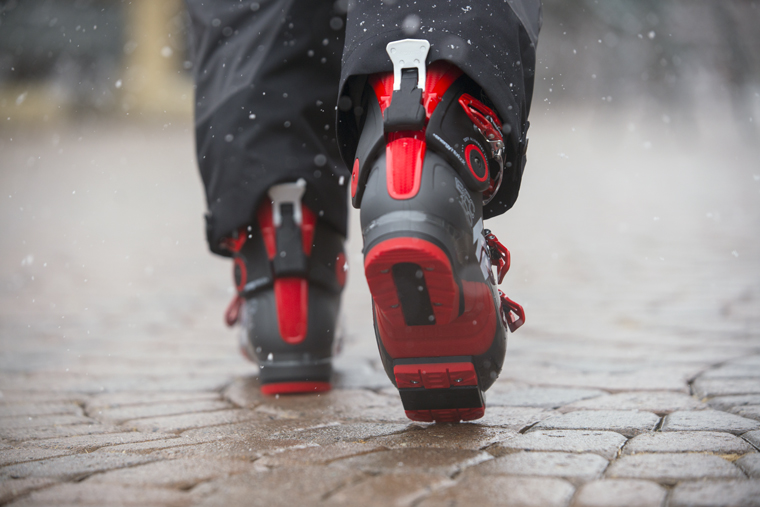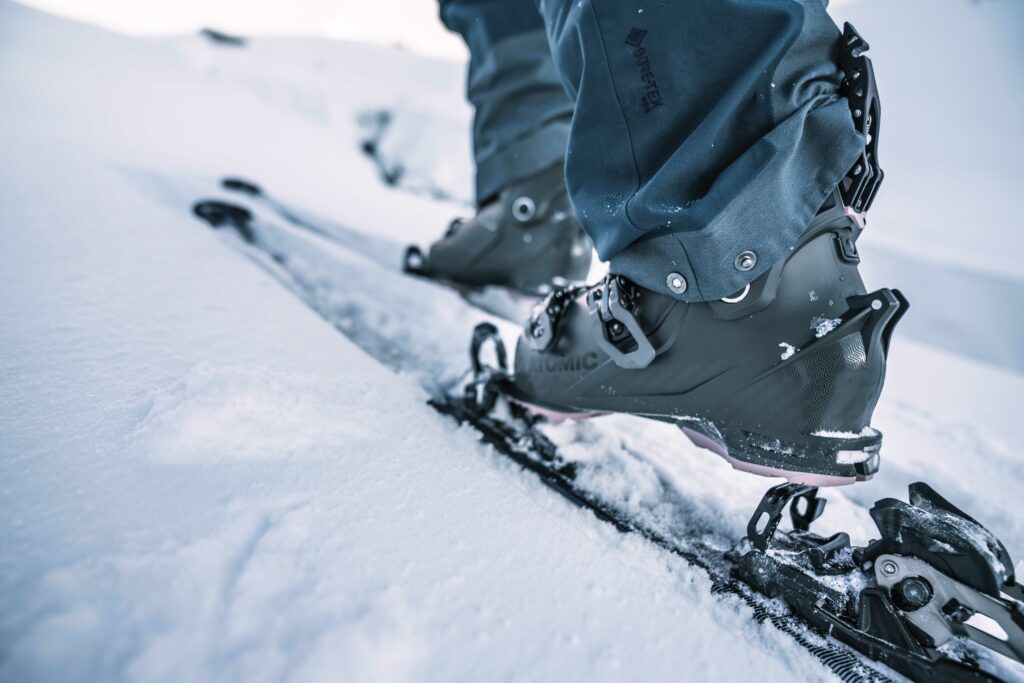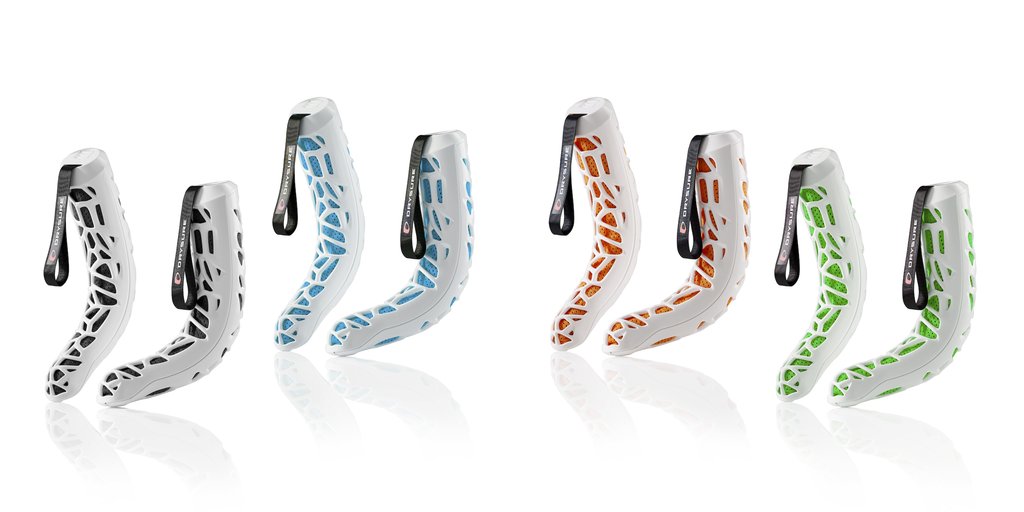Q: How do I know when my boots are worn out? How long should they last?
A: The length of time a ski boot lasts varies massively. I’ve known customers who ski a few days a year but want to upgrade after three years because of advances in technology – increased warmth, higher performance, easier access and so on. By contrast I’ve known instructors who use a pair for two seasons – up to 300 days.
In terms of wear and tear, first there’s the shell. Plastics lose elasticity, become less responsive and get brittle – eventually sometimes cracking or splitting. A worn sole moves around in the binding and creates friction, meaning less control when skiing and the bindings potentially not releasing as designed.
Then there’s the liner, which breaks down with age as well as use. When the foam is past its best your foot feels loose in the boot and you have to work harder to control the skis.
Shells of top-end boots are usually made of more durable plastics than those of entry-level boots, while liners at the upper end are denser for optimum control, so much tougher.
For a long-lived boot, start with a snug fit. Check the soles now and then for wear – some have replaceable heels and toes – and protect them by using ‘cat tracks’ when walking. Dry the liners overnight so they don’t spend their lives soggy: a boot dryer with a UV light to kill bacteria is a great gadget.
If you ski more than four weeks a year then it’s well worth considering a custom-fit liner, which will last longer due to its high density and the fact it’s snug.
Finally, if you have high-end boots that feel loose, you could replace the liners. But if the shells are worn too, it’s time to, ahem, shell out on new boots.





